A surprise temple
Walk in Tsukiji, the neighbourhood once famous for its fish market, and you can’t miss it: a grand temple right out of India.
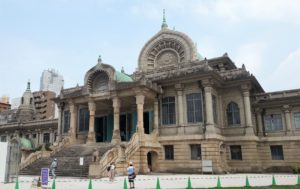
Approach the entrance though, and buddhist signs become unmistakable.
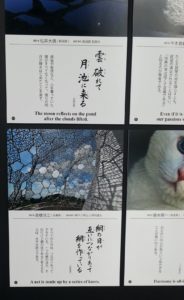
Inside, the eclectic style succeeds in bringing you calm and energy.
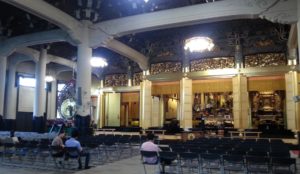
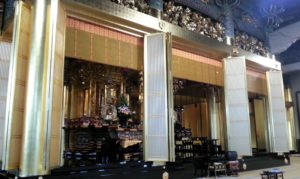
It turns out that Tsukiji Hongan-ji, a temple of Shin Buddhism, had stood here for more than two centuries before destroyed in the Great Kanto Earthquake. The architect Ito Chuta took the chance to rebuild it with an exterior in Indian style. And a sense of joy.
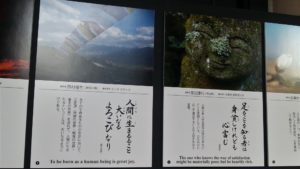
Time capsule
Close to the subway station of Shiodome, at Ginza’s outskirts, I remember coming across Nakagin Capsule Tower, one of the most iconic buildings in a city full of iconic.
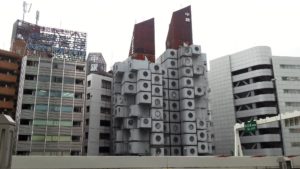
The capsule tower is an apartment complex made of modules. According to architect Kisho Kurokawa’s vision they were meant to be replaced as they got old, making the building evolve. And this organic evolution gave its name to the optimistic trend of metabolist architecture.
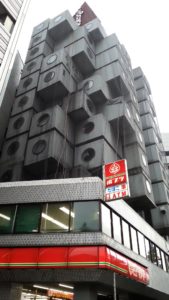
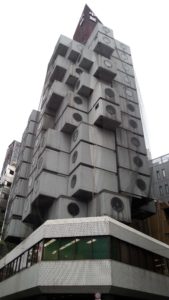
That one turned out an ambitious plan and never materialized. The building is now run-down, although some capsules are still in use. On the other hand, its style seems to have defeated time.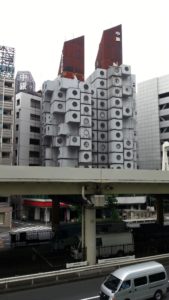
Two of the faces of twentieth century
(The first appearance of this post was on iaponia.gr)
The area around the subway station of Azabu-Juban brings together two of the faces of Tokyo past: futurism and shitamachi.
In 1971 Andrei Tarkovsky shot the science fiction classic “Solaris”. In an evocative sequence the hero is driven through the streets of a city before he leaves for his trip to space, and a discreet feel of futuristic life is achieved. The sequence is called “City of the future” and was shot in Tokyo with no special effects.
One of the filming locations was the junction at Azabu-Juban.



Of course today it’s not only the bridge but also the buildings from somewhere around the ‘70s.
At the same time, all you have to do to find one of the once omnipresent streams is to take a turn a couple of blocks further away…
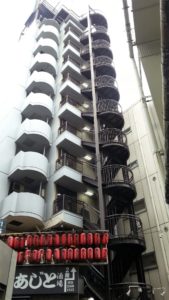
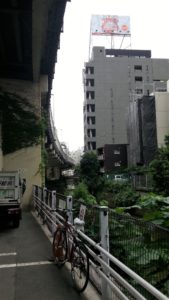

…and, in doing so, pass the invisible border towards a tiny shitamachi neighborhood.
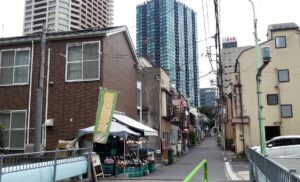
Shitamachi was the downtown aesthetic in the beginning of the 20th century, the sort of passage from Edo to Tokyo.

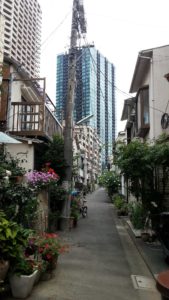
The archipelago of the “city of the future” still has islets of small streets with wooden buildings, flower pots on tarmac and residents that somehow look as if they always belong there.

Anyone trying to understand the picture formed by the puzzle called Tokyo will get a few additional pieces by making a stop at Azabu-Juban.
Inverted ladybug and street view
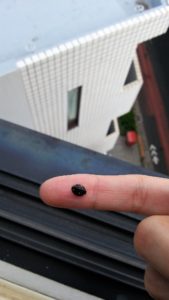
Bombardment by high standards
Two years ago these days … this traveller was in the middle of her only massive cultural shock ever.
Landed on Tokyo to spend two months and overwhelmed by the amount and totality of design, beauty and purpose everywhere around; within a week I lost weight, got a bunch of white hair and wasn’t sleeping well; it took me days to simply start catching the subway and go sightseeing.
Don’t get this wrong: the feeling was ecstasy. The whole time. Continuously. I was under constant bombardment by high standards.

A few photos of the mind-blowing flat and view. It was warm and fuzzy, it had a bathroom unit and a kitchen unit, and the elevated metropolitan express highway was passing only a few meters from the third-floor balcony. (At nights I was feeling that some mythical golden river kept streaming by.)
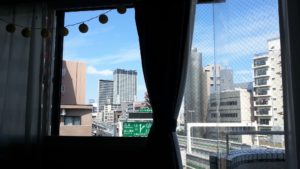

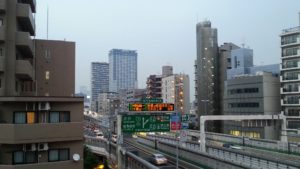
From Sangen-jaya station into the evening
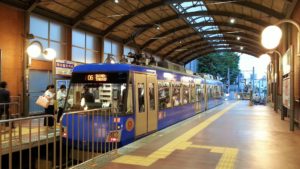
To the dismay of lazy western reporters, not all Tokyo subway photos involve tormented employees napping on the doors’ glass. (Although, I’ll give it to them, this is an overground line.)
View from the carrot tower
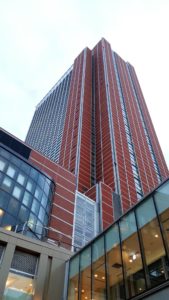
The Carrot Tower in Setagaya is where Pokemon come from. The 22nd floor houses Game Freak headquarters.
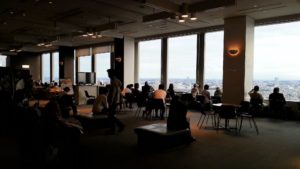
While the 26th floor boasts a public sunset viewing lounge.
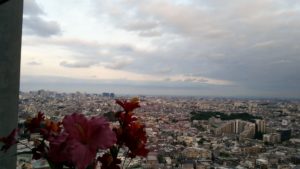
Life advice is written on subway malls
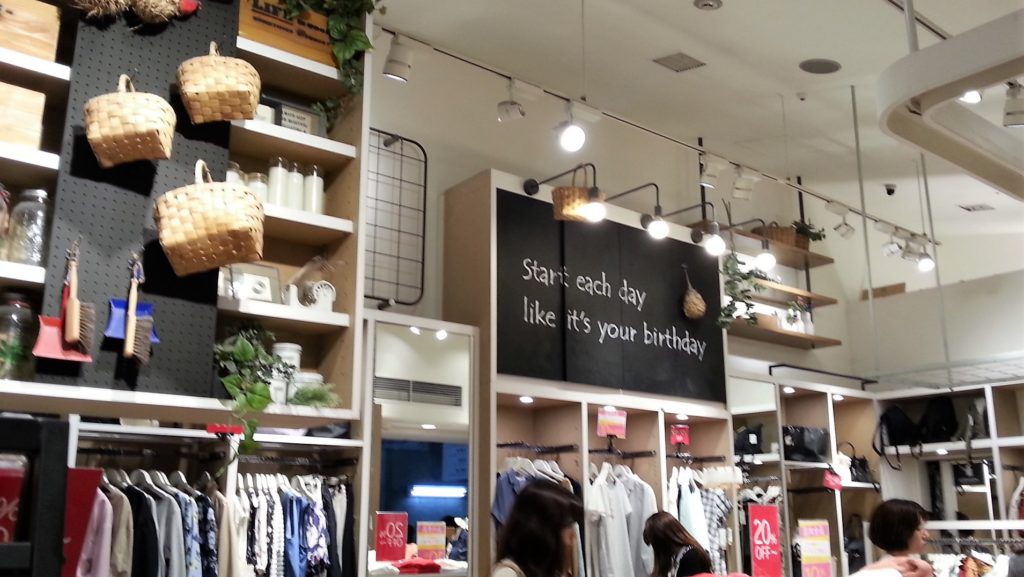
Yes.
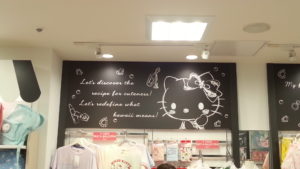
Let’s do so!
Umbrella locks, Panasonic Shiodome Museum

